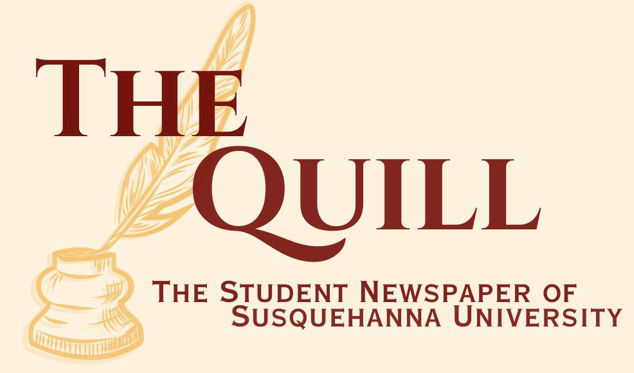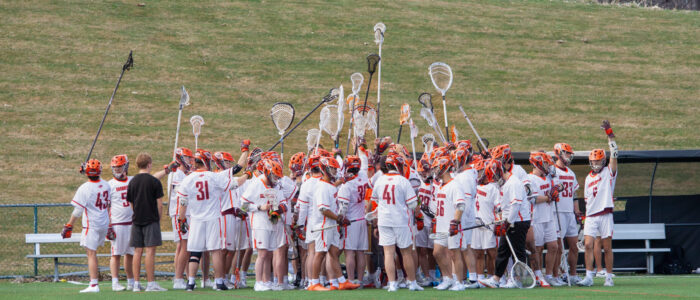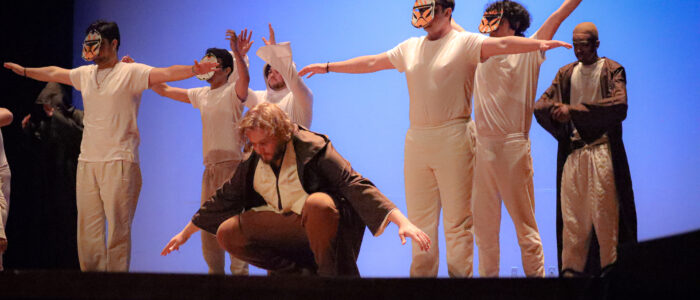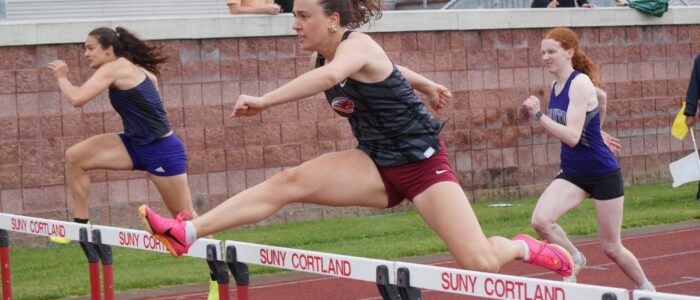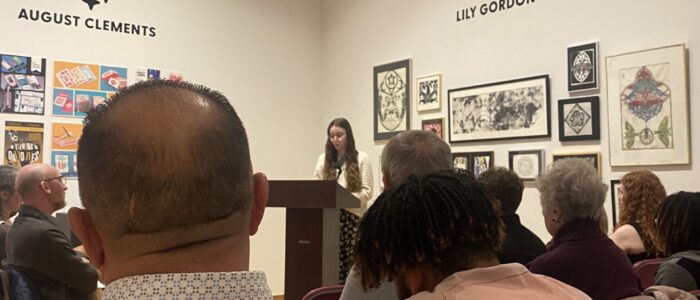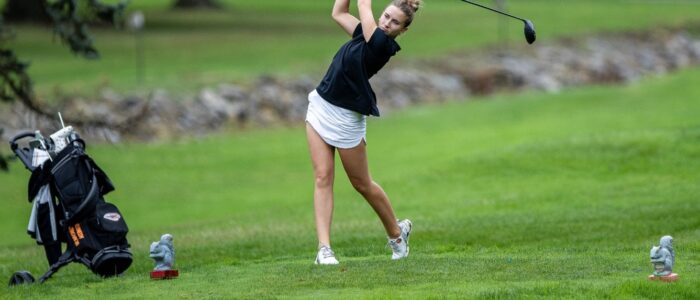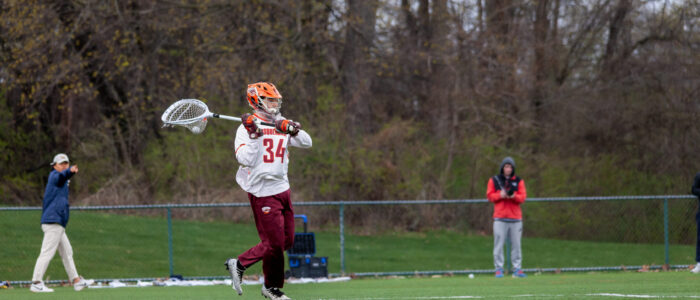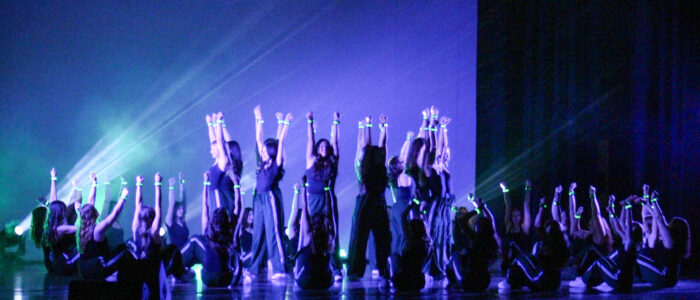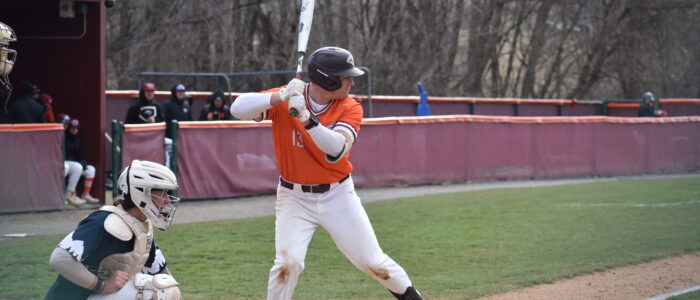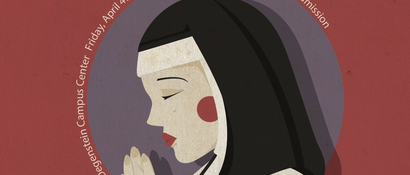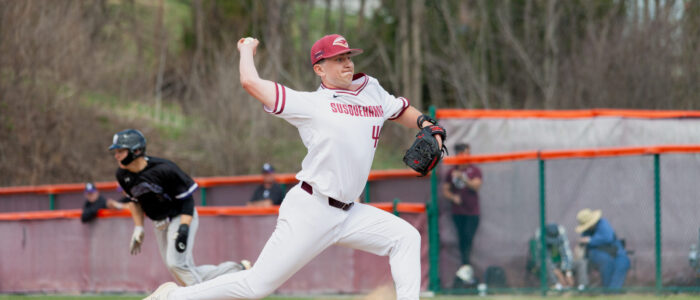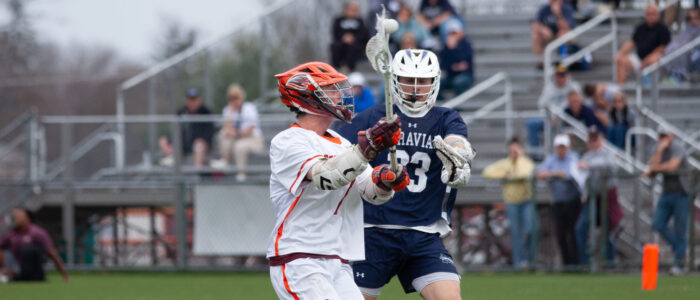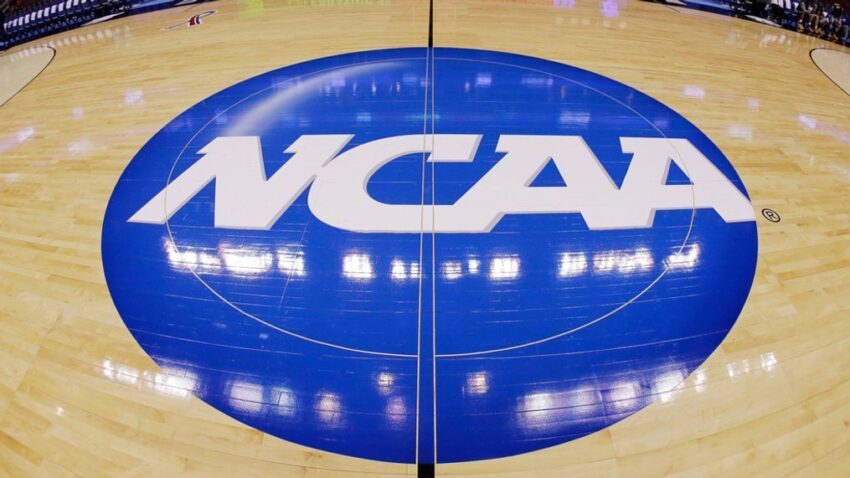Photo By Matt Slocum, Associated Press
By Marquis Frias
The integrity of college sports is at stake.
Since 2021, the National Collegiate Athletic Association (NCAA), which oversees large institutions like Pennsylvania State University as well as small schools like Susquehanna, has allowed student athletes to be compensated for their efforts through Name, Image and Likeness (NIL) legislation that was passed in the years prior.
Per the NCAA’s website, the overall purpose of collegiate sport programs is to “provide a world-class athletics and academic experience for student-athletes that fosters lifelong well-being”. These college programs also funnel opportunities for professional leagues as they mold young students into professional athletes.
In 2009, a class action lawsuit was filed against the NCAA by former UCLA basketball player Ed O’Bannon. O’Bannon argued that he and other collegiate players that were featured in NCAA Basketball 09, a video game produced by Electronic Arts (EA), should be compensated for the use of their name, image and likeness.
After a five-year trial, a jury ruled in O’Bannon’s favor . This ruling caused an uproar of cases from collegiate athletes around the country, suing not only the NCAA, but their educational institutions. These suits were combined into one, and in March of 2019, it was ruled that the NCAA should allow their players to seek compensation. Now that this lasting rule was lifted, college athletes could now use their own name, image and likeness to promote themselves. But why did the NCAA not want this to happen?
College-level sports is exactly what it sounds like: college students playing sports representing their schools. The NCAA felt that this principle of amateurism was needed in order to protect the integrity of college sports. Instead, bigger institutions with larger donor bases can take advantage of this new opportunity. For example, the University of Georgia has one of the top football programs in the country. In recruitment, they can easily pitch to an athlete that they have more NIL opportunities than other programs, promising money for their athlete if they enroll in their school. Bigger schools like Georgia would easily draw more recruits, while smaller schools that do not have these NIL opportunities would have a disadvantage when pitching to the recruits.
As of now, it’s still tough to call if NIL will have a positive impact on amateur sports as a whole. But regardless, the fabric of college sports has changed – for good.
